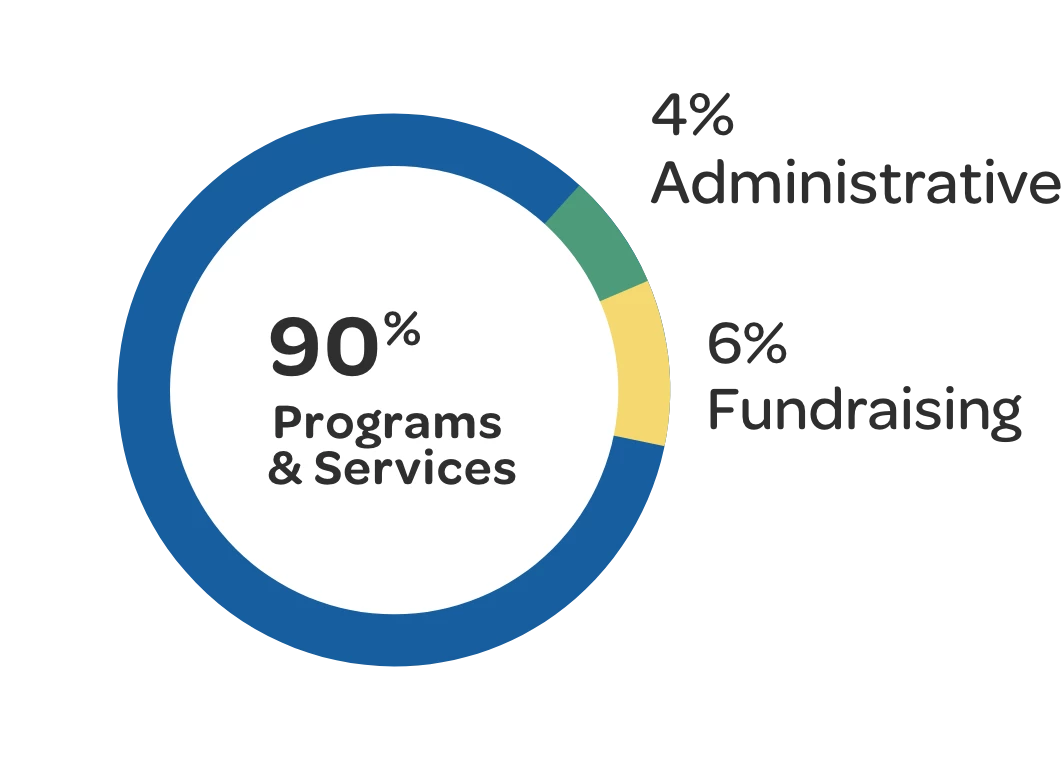That’s
an astounding 23% higher than the average coronavirus fatality rates for the
worst-hit countries in the world. Many other nations with well-run public
health care have 3% or lower mortality levels during this pandemic.
Why is Yemen’s Coronavirus Death Rate So High?
Three causes have converged to crush
Yemen’s people and allow coronavirus to run incalculably rampant and deadly among
them.
(1) CHRONIC
POVERTY
Yemen
has long been the poorest country in the Arab world, with nearly half its
people (48.6%) living in poverty in 2014, according to the World Bank, up
13.4% from 2005. Poverty means people cannot afford or access something
essential to sustain gainful, healthful life, including food, clean water,
shelter, clothing, health care, education, and transportation. More than a
third of Yemenis in 2014 (34.9%) suffered deprivation in multiple categories of
these life essentials because of political instability, underemployment, and
increasing conflict.
In
financial terms, the poor consume less than $3.20 a day of life necessities,
the International Poverty Line set by the World Bank. But almost 19% of Yemen’s
poor at that time lived on $1.90 per day or less, the monetary red line for “extreme
poverty.”
(2) WAR
The
intervention of external powers ignited a society-ripping civil conflict and a
murderous regional and internationally supported proxy war on March 19, 2015,
devastating Yemen’s already precarious economy and frail infrastructure. By
2017, it had plunged the people of Yemen into the “worst humanitarian crisis in
the world,” according to the United Nations.
Today,
a staggering 80% of Yemen’s nearly 30 million people — 24 million — “live” on
humanitarian assistance, 14.3 million of whom suffer acute need, according to an
August 19, 2020, a report by UNOCHA.
“Acute need” is a sanitized humanitarian term meaning these people live in dire
daily need of food, water, or other essential lifesaving help. When it does not
reach them, they die, or their life conditions dangerously deteriorate, within
days.
“Severity
of needs is deepening, with the number of people in acute need a staggering 27%
higher than last year,” the UN report states. “Two-thirds of all districts in
the country is already pre-famine, and one-third face a convergence of
multiple acute vulnerabilities.”
Look
at these horrific numbers:
12 million children need humanitarian assistance
10.2 million children lack access to basic health care
17.8 million live without safe water and sanitation
19.7 million lack adequate health care
40%+ of Yemeni households have lost primary income
2.3 million suspected cholera cases, the worst
cholera epidemic in recorded history
3,910 reported cholera deaths, 58% of them children
7.8 million children out of school
And
from an April 2019 UNDP (United Nations Development Programme) study (download here):
233,000 deaths (102,000 from war; 131,000 due to lack of food, health services,
infrastructure)
1.6 million children (14%) suffer malnutrition
140,000 child deaths under age 5
A child dies every 12 minutes, on average, because of the conflict
36% of children have no school access
40% of people live in extreme poverty
$89 billion lost economic output
Impact
projections for 2022 if the conflict continues (same UNDP study):
482,000 deaths
1 child death every 7 minutes, on average
331,000 child deaths under age 5
24% of children malnourished
31% of the population malnourished
49.4% of people living in extreme poverty (less than $1.90 a day)
$181 billion lost economic output
And
should the conflict reach 2030:
1.8 million dead
1 child dead every 2 minutes, on average
1.5 million children dead
55% of children malnourished
84% of the population malnourished
48% of children without school access
71% of people in extreme poverty
$657 billion lost economic output
(3) HEALTH
SYSTEM COLLAPSE
War,
from within and without, has decimated Yemen’s medical service capacities and
response capabilities.
The
World Bank estimates Yemen now has just three medical doctors
for every 10,000 patients. More than 65 of its 333 districts have no physicians at all. Less
than half of Yemen’s population can even access running water to do proper hand
washing, vital protection against communicable diseases, especially
coronaviruses.
Only
half of the country’s approximately 3,500 health care facilities remain fully
functional, the rest crippled or destroyed by relentless bombardments. Yemen’s
30 million people have access to a meager 500 ventilators (60 for children) and a
mere 700 intensive care unit beds.
UN
and humanitarian workers have sounded the alarm that Yemen’s shattered health
care system has wildly underreported coronavirus cases and fatalities, with practically
no means of knowing the real spread of coronavirus in the country, having
tested a scant 3,000 of Yemen’s population.
Moreover,
supplies of PPE (personal protective equipment: medical masks, gloves, gowns,
etc.) to safeguard medical workers from the disease have dwindled. Unverified
reports say the medical staff has died by the dozens while others have fled war’s
spreading violence or seek to isolate from the pandemic’s growing reach.
Of
the estimated third of Yemenis who can access health care, many refuse to risk
the violence or fear the social isolation that may result from seeking it out.
In the face of such calamitous suffering, we may overlook a secondary deprivation
that will afflict Yemen for years to come: the loss of developmental time and
the growth structures that uplift society and its people.
“The ongoing conflict in Yemen has already reversed human development by 21 years,”
UN spokesman Stephane Dujarric said. She notes that this U-turn in advancement
is not a linear progression but “exponentially growing.” In other words, just
one more year of conflict will set Yemen’s development back by 26 years.
“That’s almost a generation,” she said.
Is the International Community Helping
Yemen’s People?
Unfortunately,
international aid has dried up for political reasons — the U.S., a backer,
military aid, and supplier of Yemen’s bombing, has dramatically cut its UN
commitments in the last year; rich Gulf countries are conducting the war — and
pandemic causes. As oil revenues have dried up, Yemen’s migrant workers have
cut their usual annual $3.5 billion in remittances home an estimated 70%, to just over $1
billion. Oxfam reports that actual money transfers decreased by
80% in the first quarter of this year.
By
April, the UN cut or cut back 31 of its 41 major humanitarian programs in
Yemen.
“We’re
talking food programs, health programs, water and sanitation programs, protection
programs, shelter programs,” said Lise Grande, head of the UN’s Yemen
humanitarian program.
About
the same time, the World Health Program (WHO) — now under even more egregious
financial pressure, again from U.S. defunding — projected a cut of 80% in its
medical aid to Yemen, according to Grande. At that time, she estimated 16
million Yemenis would contract COVID-19 as a result of these humanitarian
losses.
Last
June, the UN tried to raise $2.4 billion for Yemen to offset its losses, but
raised only $1.35 billion, and not all of those pledges have even come in. We
now know the UN has received only $558 million for Yemen, a crippling 82% loss of
payments from countries, according to UN Humanitarian Chief Mark Lowcock, who
warned that its operational aid for Yemen teeters on the edge collapse, with
only 18% of needed funds received.
These
abstract dollar amounts add up to this: Yemen’s free fall into an abyss of
extreme poverty, starvation, no clean water, no sanitation, little health care,
and weakened immune systems; rampant cholera, dengue fever, and malaria
plagues; and, now, a coronavirus community spread run amok.
All
this reduces to a single outcome. Death.
How Can I Help?
Zakat
Foundation of America supporters and relief specialists have worked in Yemen
nearly since the organization’s 2001 inception. Our global charity has
developed a broad array of emergency, health care, food security, economic, and
environmental programs in the country and established vital relationships and
projects with local and international humanitarian partners.
War,
disease, recent floods, and locust infestations have set the people of Yemen far
behind the UN-established Sustainable Development Goals (SDG) timeline of 2030.
Our
supporters and aid specialists continue to work with the people of Yemen with
hope in the coming mercy and blessings of God and an eye toward a better
future.
Zakat
Foundation’s ongoing charity efforts in Yemen focus on mitigating the immediate
effects of both its human-driven and natural catastrophes to help sustain
Yemen’s afflicted through their profound daily emergency tests of loss and
hardship.
Yet
we deliberately and conscientiously invest a significant portion of our
charitable aid at augmenting Yemen’s vital infrastructures, not only to keep
them from total disintegration, but to build a foundation under them for a
hope-filled tomorrow.
We
design these relief efforts to create benefits like dramatically increased sesame seed
production to feed the
population with a rich local staple; food resilience programs that grow the number of independent
farmers and equip them with scientific knowledge and profitable technology; and
secondary market help that spreads the wealth horizontally through the
population.
These
efforts and more put Yemen’s young and future generations in a position to make
up lost Sustainable Development Goal ground when their deliverance — God
willing soon — comes.







